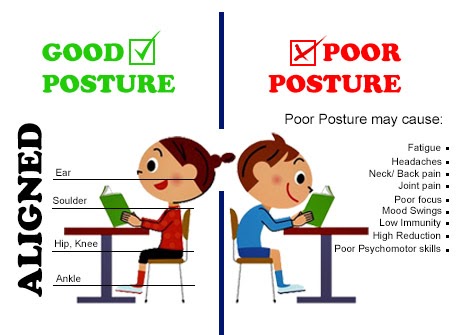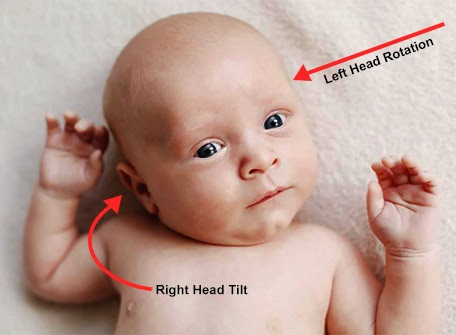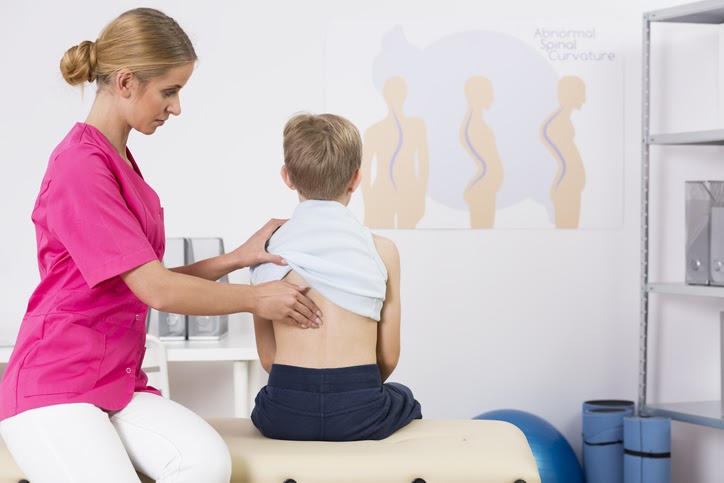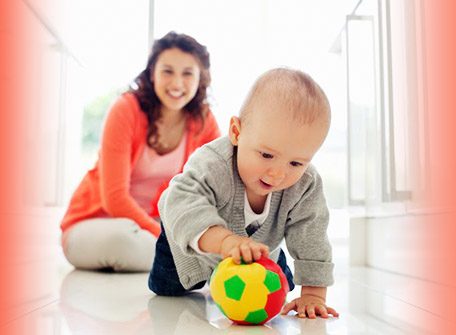Are you noticing your child is developing a flat head? Is your child preferring to look to one side only? Isn’t your child crawling and walking properly? Or while walking, are the feet pointing inwards or is a bit clumsy while running? All these are the signs of an asymmetrical body.
Asymmetry in motor skill learning is sometimes worrisome and sometimes a red flag for development. The earlier it’s noticed in a newborn, the better. It can be various varieties. Some examples are:
- Head tilted on one side
- Prefers to turn the head one way
- Turning or rolling in one direction
- Transitioning to sit over to one side only
- Pull to stand over one leg and not other one
- Cruising in one direction only
What is an Asymmetrical Body?
Asymmetrical body refers to the body patterns or posture, where internal organs and bodily systems, such as circulatory, neurological, respiratory, muscular, and vision, do not work in sync. That said, they are not the same on the left side of the body as they are on the right. This is known as postural imbalance.

Posture is the way their body is positioned while sitting or standing. Even with this asymmetry, children tend to create the balance in how they move. Although it is true that children don’t have dominance (right/left) until 3 to 4 years of age and it does not solidify until they are 6 years old, yet you can notice your child using both sides of their body.
Asymmetrical Body Types:
They are three types that include the postural pattern of children with mild scoliosis, the progravitational postural pattern, and the antigravitational pattern. The last two asymmetrical postural patterns are identified in children with cerebral palsy (CP).
What Causes Asymmetry in a Child?
Almost everyone has some degree of asymmetry. Some of them are noticeable, with a serious sign of condition, while some of them aren’t. Genetic and environmental factors are mostly responsible for body asymmetry in children.
Environmental factors are like a child is always in containers, for example, baby baskets, cribs, chairs and prams, which are always in the same direction so they prefer to look away from the wall. When they are crawling or cruising, the television is always on the left, forcing them to cruise only to the left so they can watch television.

If you feel your child’s head is tilted more towards one side, or he/she is bending more to one side than the other while lying /sitting or standing, a CP child physiotherapy expert at Hope AMC advises to see if the child is using only one side of his body more than the other.
Why is Postural Symmetry so Important When Children Gain New Motor Skills as they Grow?
Symmetrical postures help build strength on both sides of the body, which is essential for midline orientation, sitting, crawling, standing and eventually walking. It helps synchronization between the brain and the body by telling each other to perform a movement, for example, when a child is reaching from his/her right arm, the left side of the brain helps to do it, and vice versa. Both sides or hemispheres of their brain must sync with each other to ease activities and thus using both sides of the body helps improve that synchronization.

Physical Therapy is a Great Solution to Asymmetrical Problem:
If asymmetrical symptoms are not corrected on time, it may lead to developmental delays, poor posture, muscle imbalance, inadequate weight shift, bone anomalies, such as torticollis, scoliosis etc. However, there is no reason to panic right away if you identify asymmetry in your child.
What Should You Do When You Identify Asymmetry in Your Child?
Make an appointment with a pediatric physical therapy expert for an evaluation and to see how the physical therapists at a leading physiotherapy clinic for kids in Dubai, Hope AMC, could help.


